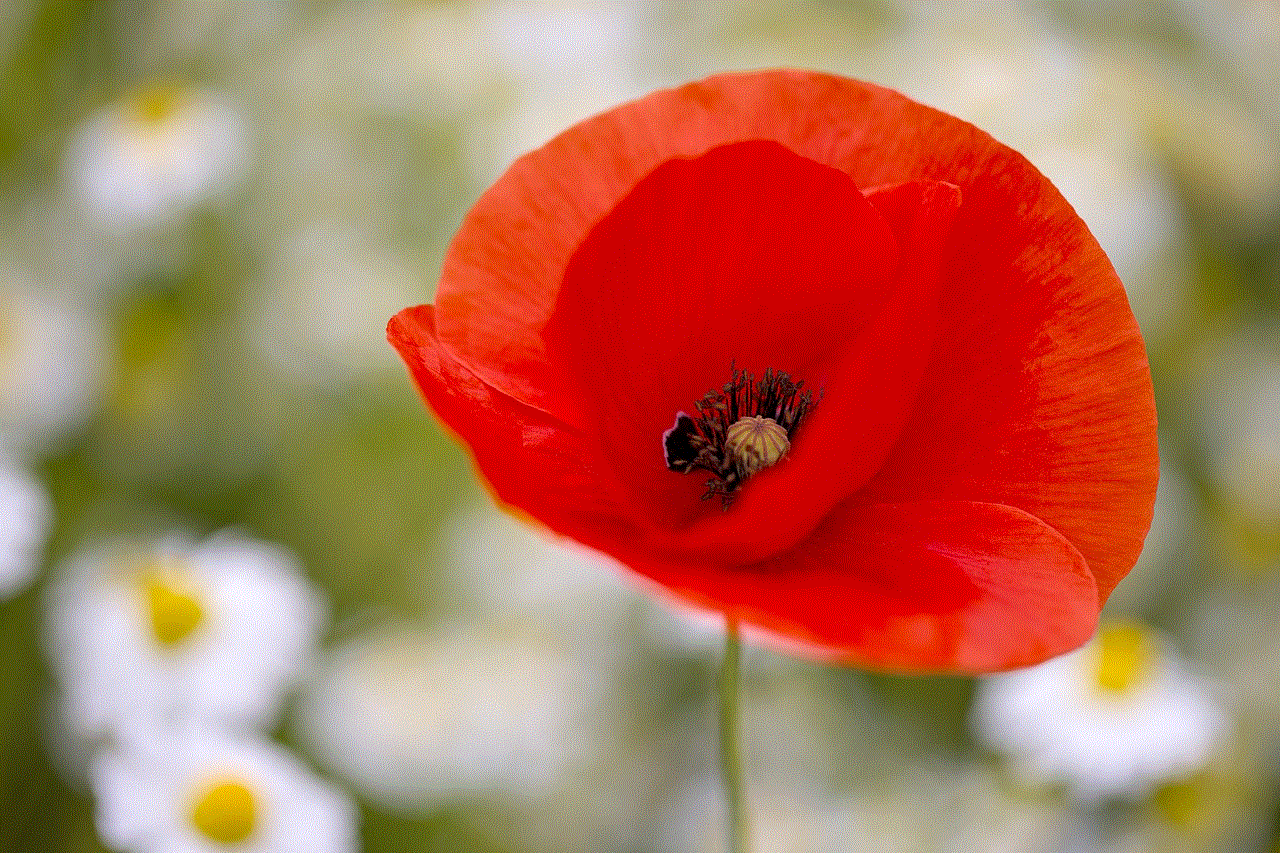how to draw a realistic bunny
Bunnies are one of the most beloved animals in the world, with their fluffy fur, big ears, and adorable hopping movements. It’s no wonder that many artists, both professional and amateur, are drawn to capturing the essence of these cute creatures in their art. However, drawing a realistic bunny can be quite challenging, as it requires a keen eye for detail and a good understanding of proportion and anatomy. In this article, we will guide you through the steps of drawing a realistic bunny, from understanding its anatomy to adding lifelike details and textures.
Step 1: Study the Anatomy of a Bunny
Before you start drawing, it’s essential to have a good understanding of the anatomy of a bunny. This will help you to create a more realistic and accurate drawing. Bunnies have a small and compact body, with a round head, long ears, and a fluffy tail. Their hind legs are longer and stronger than their front legs, which allows them to hop and jump with ease. Their eyes are large and round, and they have a small nose and mouth. Take some time to observe different pictures of bunnies or even real bunnies to familiarize yourself with their anatomy.
Step 2: Gather Your Drawing Materials
To create a realistic bunny drawing, you’ll need some basic drawing materials, including pencils, erasers, and paper. You can use either graphite pencils or colored pencils, depending on your preference. Graphite pencils are great for creating detailed and realistic drawings, while colored pencils can add a pop of color to your artwork. Make sure to choose high-quality materials that will help you achieve the desired result.
Step 3: Start with Basic Shapes
Now that you have studied the anatomy of a bunny and gathered your drawing materials, it’s time to start drawing. Begin by sketching the basic shapes that will serve as a framework for your bunny drawing. Start with a large oval for the body, a smaller oval for the head, and two long ovals for the ears. You can lightly sketch these shapes using a pencil or a light-colored pencil, so it’s easier to erase if needed.
Step 4: Add Details to the Head
Once you have the basic shapes in place, it’s time to add more details to the bunny’s head. Using a reference photo, sketch the eyes, nose, and mouth. Remember to keep the eyes large and round, and the nose and mouth small and delicate. Pay attention to the placement of these features, as it can make a big difference in the overall look of your bunny. Also, add some fur texture around the head, especially around the cheeks and chin.
Step 5: Draw the Ears and Face
Bunnies are known for their long and floppy ears, so it’s important to capture this characteristic in your drawing. Using the two long ovals you sketched earlier, add some curves and details to make them look more realistic. Pay attention to the direction and positioning of the ears, as it can affect the bunny’s expression. Next, add some details to the face, such as the eyebrows and whiskers, to give your bunny more personality.
Step 6: Sketch the Body
Now it’s time to focus on the bunny’s body. Using the large oval you sketched earlier, add some curves and details to make it look more like a bunny’s body. Remember that bunnies have a compact and rounded body, so make sure to capture that in your drawing. Also, add some fur texture to the body, paying attention to the direction and length of the fur. This will add depth and dimension to your drawing.
Step 7: Draw the Legs
Bunnies have long and powerful hind legs, which enable them to hop and jump. Using the reference photo, draw the hind legs, making sure to capture their length and strength. The front legs are shorter and thinner, so make sure to draw them accordingly. Don’t forget to add some fur texture to the legs to make them look more realistic.
Step 8: Add the Tail
No bunny drawing is complete without a fluffy tail. Using the reference photo as a guide, sketch the tail, making sure to capture its shape and fluffiness. You can use short, quick strokes to create the illusion of fur. Remember that the tail is an essential part of a bunny’s body, so pay attention to its placement and size.
Step 9: Add Shadows and Highlights
Now that you have your bunny’s basic structure in place, it’s time to add some shadows and highlights to make it look more realistic. Pay attention to the light source in your reference photo and use it as a guide to add shadows and highlights. This will add depth and dimension to your drawing and make it look more three-dimensional.
Step 10: Refine and Add Details
Take a step back and look at your drawing as a whole. This is the perfect time to refine any areas that need more work and add any additional details. You can use a kneaded eraser to soften any harsh lines and a fine-tipped pencil to add more details, such as individual strands of fur. Remember to take breaks in between to avoid eye strain and keep your mind fresh.



Step 11: Use Reference Photos
Throughout the drawing process, it’s essential to refer to reference photos to make sure your drawing is as accurate and realistic as possible. You can use multiple reference photos to capture different angles and expressions of bunnies. Also, use your own observations of real bunnies to add more authenticity to your drawing.
Step 12: Practice Makes Perfect
Drawing a realistic bunny takes practice, so don’t be discouraged if your first attempt doesn’t turn out as expected. Keep practicing and experimenting with different techniques and styles. With time and dedication, you’ll be able to create a beautiful and lifelike bunny drawing.
In conclusion, drawing a realistic bunny requires a combination of observation, understanding of anatomy, and attention to detail. By following the steps mentioned above and using reference photos, you can create a stunning and realistic drawing of a bunny that will capture the hearts of many. Remember to be patient and keep practicing, and soon you’ll be able to draw bunnies with ease. Happy drawing!
jobs at 14 years old
As a 14-year-old, finding a job can be an exciting and daunting experience. While most teenagers are eager to earn their own money and gain some independence, they may not know where to start. The good news is that there are plenty of job opportunities available for 14-year-olds. With some determination, hard work, and a little bit of luck, you can find a job that suits your interests and skills. In this article, we will explore the various jobs that are suitable for 14-year-olds and provide some tips on how to land your dream job.
Firstly, it is important to note that the legal working age in most states in the United States is 14 years old. However, there are some restrictions and regulations that apply to young workers. For example, 14-year-olds are only allowed to work a maximum of 18 hours per week during the school year and 40 hours per week during summer breaks. They are also not allowed to work during school hours and must have a work permit before starting a job. These regulations are in place to protect the health, safety, and education of young workers.
Now, let’s take a look at the different types of jobs that are available for 14-year-olds. One of the most popular options is working in the service industry. This includes jobs such as working as a cashier, server, or host at a restaurant, or as a sales associate at a retail store. These jobs are a great way to gain customer service skills, learn about handling money, and develop a strong work ethic. They also offer flexible schedules, making it easier for students to balance work and school.
Another popular option for 14-year-olds is working as a babysitter or pet sitter. This is a great job for those who love kids or animals and have a responsible and caring nature. Babysitting and pet sitting can be a fun and rewarding experience, allowing you to earn money while spending time with adorable children or pets. It is also a job that can be done on weekends or during school breaks, making it a perfect fit for students.



If you have a knack for creativity and art, you may want to consider working as a freelance artist or designer. This could include creating digital art, designing logos or flyers, or even making and selling handmade crafts. With the rise of social media and online marketplaces, it has become easier for young artists to showcase their work and make a profit. This type of job allows you to work on your own schedule and explore your artistic talents while earning money.
For those who are tech-savvy, there are also opportunities to work in the tech industry. This could include jobs such as coding, web design, or social media management. Many companies are looking for young and innovative minds to help with their online presence, making this a great option for 14-year-olds who have a passion for technology. These jobs also offer the flexibility to work from home, which can be a plus for students who may have a busy schedule.
Another option for 14-year-olds is to work as a tutor. If you excel in a particular subject, you can offer your services to younger students who may need help with their studies. This can be a fulfilling job as you get to share your knowledge and help others while earning money. Tutors are in high demand, especially during exam season, making it a great job for students who are looking for a temporary gig.
If you enjoy being outdoors, you may want to consider working as a lawn mower or gardener. Many homeowners are willing to pay for help with their yard work, and this can be a great opportunity for 14-year-olds to earn some extra cash. This job also allows you to get some exercise and enjoy the outdoors while working. Just make sure to check with your local laws and regulations to see if you need a work permit for this type of job.
For those who are interested in sports, there are also opportunities to work as a referee or umpire for youth leagues. This job requires a good understanding of the rules of the game and the ability to make fair and impartial decisions. It can be a fun and rewarding experience, especially for those who are passionate about a particular sport.
Volunteering is another way for 14-year-olds to gain valuable skills and experience. Many organizations and non-profits are always looking for young volunteers to help with various tasks. This could include working at a local animal shelter, helping out at a community event, or assisting with a charity fundraiser. Volunteering not only looks great on a resume but also allows you to give back to your community and make a positive impact.
Now that you have some ideas on the types of jobs that are suitable for 14-year-olds, let’s discuss some tips on how to land your dream job. Firstly, it is important to have a well-written resume and cover letter. Even if you don’t have any work experience, you can include any volunteer work or extracurricular activities that showcase your skills and interests. It is also important to dress professionally and make a good first impression when applying for a job.
Networking is also crucial when it comes to finding a job. Let your family, friends, and teachers know that you are looking for employment. They may have connections or know of job openings that could be a good fit for you. You can also reach out to local businesses and ask if they are hiring. Be prepared to talk about your skills and why you would be a good fit for the job.
Lastly, don’t be discouraged if you don’t get the first job you apply for. Keep applying and don’t give up. The more you put yourself out there, the more likely you are to land a job. And remember, even if you don’t get the job, the experience of applying and interviewing will help you in the future.



In conclusion, finding a job at 14 years old may seem like a daunting task, but with the right attitude and approach, it is definitely achievable. There are plenty of job opportunities available for 14-year-olds, ranging from working in the service industry to freelancing or volunteering. With some determination, hard work, and a little bit of luck, you can find a job that not only helps you earn money but also allows you to gain valuable skills and experience for your future. So go out there, explore your options, and find the job that is perfect for you.
